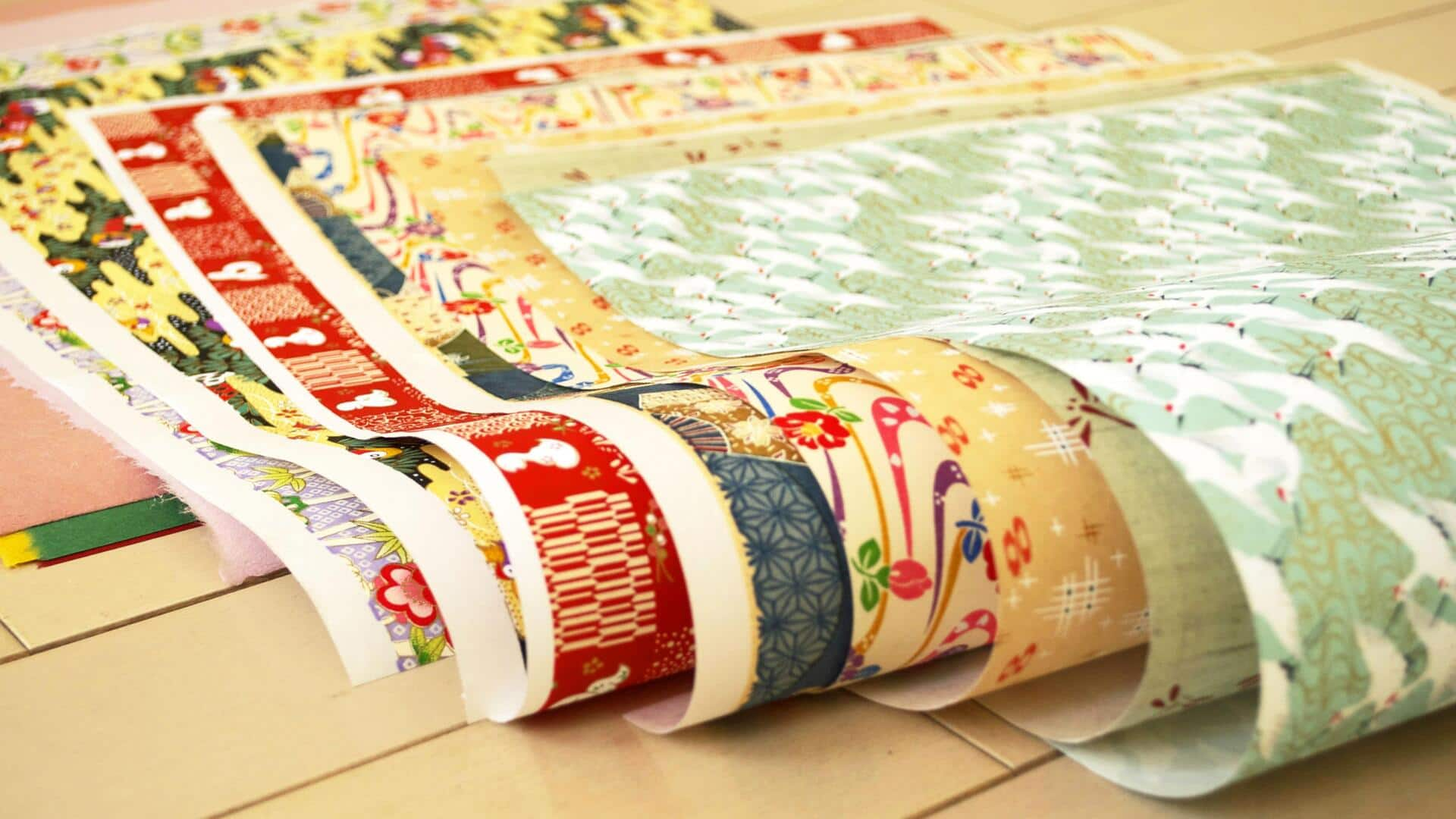
5 intriguing aspects of Japanese washi paper crafting
What's the story
Japanese washi paper crafting is a centuries-old art that involves using fibers from the gampi tree, mitsumata shrub or paper mulberry bush. The crafting material, known for its strength and versatility, is used in art, stationery, and even interior designing. The creation process employs meticulous techniques that highlight the craftsmanship and cultural significance of this ancient practice.
#1
The unique production process
The production of washi paper requires a labor-intensive process, which begins with harvesting plant fibers. From soaking to boiling and beating, the fibers are processed to form a pulp. The pulp is spread onto bamboo screens to form sheets of paper. Each step requires precision and skill to ensure the quality of the final product. This traditional method makes washi different from other kinds of paper, owing to its durability and texture.
#2
Versatility in applications
Washi paper's versatility also makes it suitable for many other uses apart from writing/printing. It is widely used in origami, calligraphy, and even clothing design because of its lightweight yet strong nature. It also makes an excellent medium for artists who love its ability to absorb ink differently than conventional papers.
#3
Cultural significance
Washi paper signifies a lot more than just a paper for crafting in Japan, it is an integral cultural value. It represents the rich tradition and heritage that has been passed from generations to generations. Many artisans spend their entire life mastering this craft. They keep the age-old techniques, which have been honed over centuries, alive for future generations to learn from.
#4
Environmental benefits
The production of washi paper is also eco-friendly, using natural materials without toxic chemicals. Unlike modern papermaking, it skips the use of bleaching agents that could harm ecosystems. This sustainable approach demonstrates a larger commitment to eco-friendly practices, envisioning a future where no harmful industrial processes exist.